Welcome to the DIGITAL MEMEX documentation.
This site is intended to support you with the installation, usage and development of DIGITAL MEMEX (DMX) applications. Technically spoken, DMX applications are all kinds of HTML/JavaScript front-ends built using the REST API of the semantic storage technology DeepaMehta 4.
As DIGITAL MEMEX is a free and open source software platform, feel free to clone and to help us improving it. All the source code is available on https://github.com/digitalmemex/ and we ask you kindly to report all issues you encounter at either the repository-manager issues or at the distribution issues.
Please subscribe to our mailinglist and share your questions, wishes and comments with us and the growing DMX community.
Preface
While we are still working on the first productive release of DIGITAL MEMEX we are constantly improving and publishing the software iteration by iteration. These so called SNAPSHOT releases are not for productive use yet. But you can help us a lot by testing them and by sharing your questions, comments and feedback on our mailinglist.
Installation
Install the DIGITAL MEMEX development environment
The easiest way to get started with DIGITAL MEMEX is to use our latest SNAPSHOT release which you can get on our website.
Please make sure JAVA (JRE6 or higher) is installed on your system.
Go to http://repo.digitalmemex.com/distribution/ and download the latest SNAPSHOT release, unpack it, and run the enclosed start script from the ./bin/ directory (we currently only support Mac OS X and Linux).
Open the "Database" view http://localhost:17071/de.deepamehta.webclient/ in your browser and login in as 'admin' without password.
Change to the DMX Repository Manager UI http://localhost:17071/dmx/ to install, open or update existing DMX applications.
Install Apps
- Switch to the "Database" view from the DMX dashboard
- Log in as 'admin' without password.
- Find the
Createmenu and chooseRepository - Enter the DMX app name into the
Repository Namefield. The name must be URL conform like in/app/my-valid-app-name/. - Enter the git repository URL of a DMX app into the
Repository URLfield. If you have an unpublished/local git repository which you would like to install you must enter the path to your local git repo starting withfile://. - Switch back to the DMX dashboard where your new repository should be listed now
- Click the Install button next to your repository to install/copy/clone it into the file-repository of your DMX installation.
- Next, an "Open app" button should appear next to your repository.
Install Plugins
Any DeepaMehta 4.5 plugin is compatible with our latest DMX-SNAPSHOT release. You just need to download the plugin's .jar file and copy it to the /deploy directory of your DMX instance. You can even do so while your DMX machine is up and running, the plugin should then get hot-deployed (automatically installed + started).
If you cannot build and code what you want as a DMX app, e.g. you want to implement your own business logic at server-side or you need to provide a custom HTTP endpoint to go further with your frontend, you will need to write some backend code in Java and bundle the web-service for your frontend as a DM4 plugin. The DM 4 Plugin Development Guide will get you started building a DM 4 plugin for your DMX app.
Update Plugins
- Download new version of plugin from http://repo.digitalmemex.com/
- Conect to karaf console
ssh karaf@localhost -p 8101orhttp://localhost:17071/system/consolewith username 'karaf' and password 'karaf'. You can change the username and password in ./etc/users.properties - Detect existing plugin by
$list -u - Uninstall
$uninstall bundle_number - Replace the archive in system folder inside
system/org/digitalmemex - Install bundle
$install mvn:org.digitalmemex/plugin_name/plugin_version - Start bundle
$start bundle_number
